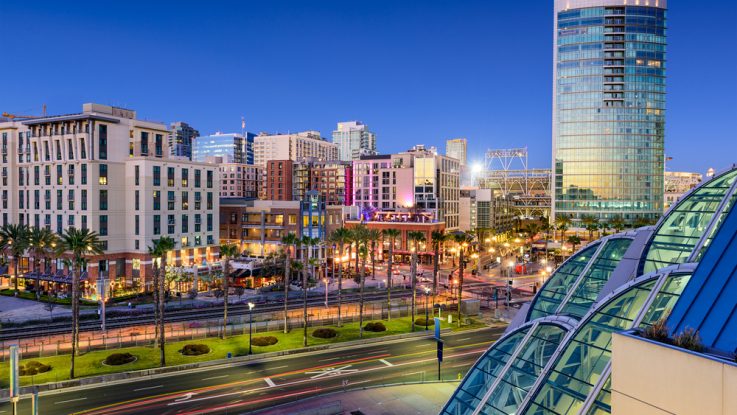
The city of San Diego, CA has begun construction of the first of eight microgrid projects to be built at city facilities as part of a $5.5 million public-private partnership designed to reduce energy costs, cut greenhouse gas emissions, and save taxpayers money. All eight microgrids expect to be online by no later than March of 2024. The microgrid project is part of San Diego’s Climate Action Plan, which has the goal of slashing greenhouse gas emissions and achieving net-zero emissions by 2035.
The project is being funded in two ways: an investment ofUS$4.6 million from Shell New Energies, who will own the project’s assets and sell the power generated by the eight microgrids as part of a 25-year power purchase agreement with the city; and a $950,000 grant from the California Energy Commission from its Electric Program Investment Charge that utility customers across the state pay into. Gridscape – a renewable energy provider – will develop, deploy, construct and maintain the microgrids. City officials predict that over the course of the 25-year agreement, the eight microgrids and battery systems will save the city and its taxpayers about $6 million.
“This is actually a public-private partnership that’s allowing us to not have to use taxpayer dollars,” said Lindsey Hawes, the city’s Municipal Energy Program Manager.
Solar energy from rooftops or carports will feed each site’s microgrid, with any excess that’s generated stored in a lithium phosphate battery system. All eight microgrids will be equipped with AI-powered energy management. The two community centers which will receive new microgrids will be designated as emergency shelter locations after their installation.
“Out of the eight microgrids that we will be doing, there are four in historically disadvantaged communities and we think that’s a good start,” said Alok Singhania, partner at Gridscape. “And hopefully at some point in the future, we will have resiliency in all parts of the city with equal proportion.”
In future, the city plans to integrate electric vehicle charging stations into all municipal facilities, such as libraries, fire stations, police stations, beaches and bays.
“That will be a complementary effort that would be able to use the power from our microgrids at those sites where we have the microgrids installed,” Alyssa Muto, director of the city’s Sustainability and Mobility Department, said.